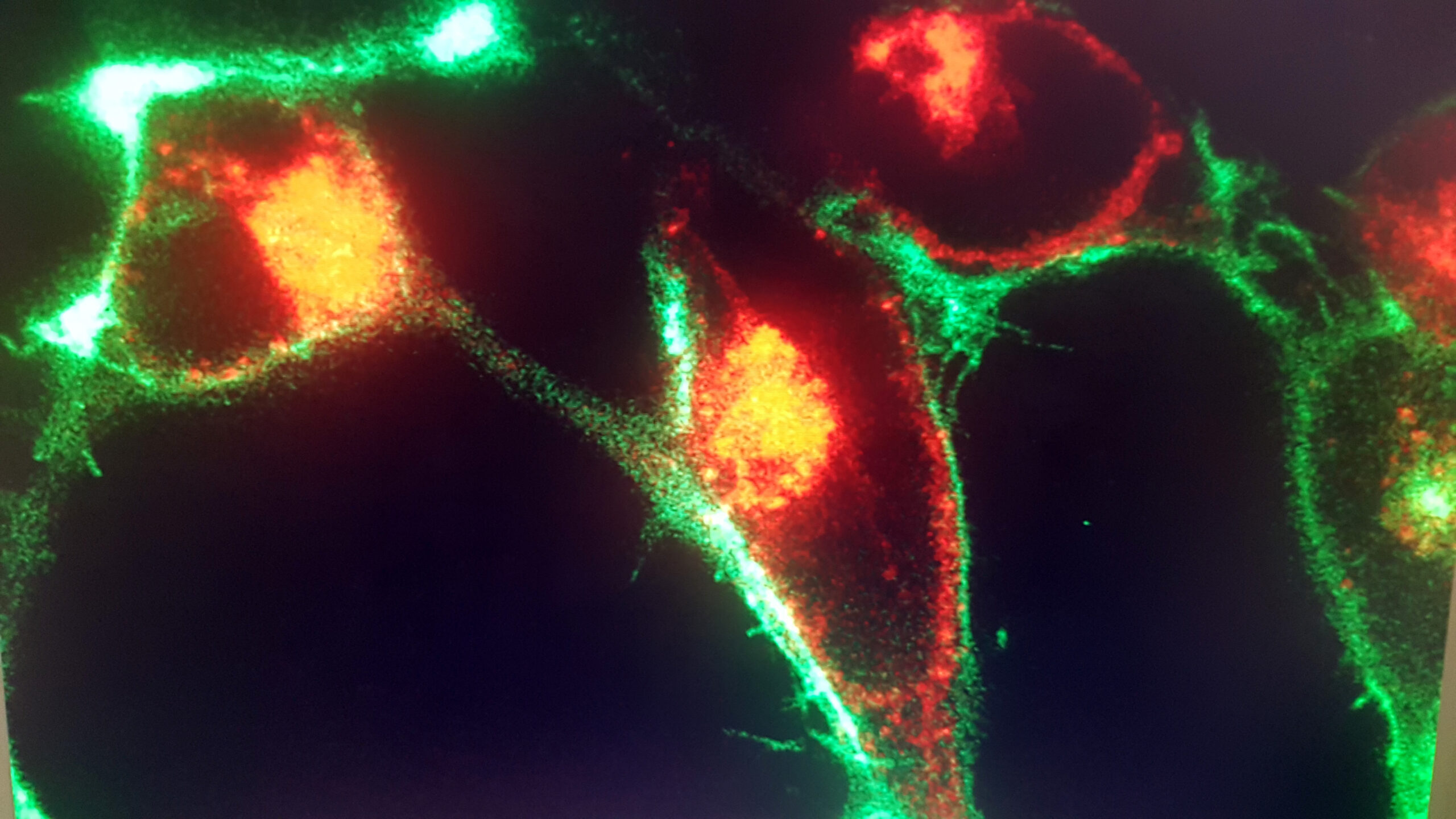
Role of ER stress / UPR in ischemic stroke
Background
Worldwide, ischemic stroke is the second leading cause of death and the major cause of physical disability. Following stroke, the disrupted blood flow in the brain results in neurological deficits including vision problems, aphasia, reduced reflexes and balance problems. Besides treatment with recombinant tissue plasminogen activator (tPA), there is no efficient drug treatment available at present which makes the development of new therapeutics of paramount importance.
Statement of problem
Despite intense research efforts over the last decades, the underlying cellular mechanisms that are involved in brain injury following cerebral ischemia are poorly understood. It is a complex interplay of different pathophysiological signal pathways which refer to oxidative stress, energy deprivation, inflammation and apoptosis. Of particular interest in the stroke field was the discovery of a post-ischemic activation of a stress signal cascade in the endoplasmic reticulum (ER), the so called unfolded protein response (UPR) which linked neuronal degradation to a deregulated ER balance. The homeostasis between synthesis, proper folding and degradation of export/ membrane protein in the ER is critical for the cell and strictly regulated by a sophisticated ER quality control system. As the UPR aims to regain this ER balance, it is regarded as a general survival mechanism although its longtime activation seems to favor cell death over cell survival. In fact, there is a controversial debate on whether activation of the UPR provides protection to ischemic cells or worsens the outcome.
Our goal is to achieve a better understanding of the ER stress response and its impact on viability of neuronal cells after ischemia in order to develope new therapeutic strategies for stroke patients.
Publications
Acid sphingomyelinase inhibition induces cerebral angiogenesis post-ischemia/reperfusion in an oxidative stress-dependent way and promotes endothelial survival by regulating mitochondrial metabolism. Mohamud Yusuf, A., Borbor, M., Hussner, T., Weghs, C., Kaltwasser, B., Pillath-Eilers, M., Walkenfort, B., Kolesnick, R., Gulbins, E., Hermann, D.M., and Brockmeier, U. (2024). Cell Death Dis. 15, 650.
BAG3 Overexpression Attenuates Ischemic Stroke Injury by Activating Autophagy and Inhibiting Apoptosis. Liu, X., Ye, Q., Huang, Z., Li, X., Zhang, L., Liu, X., Wu, Y.-C., Brockmeier, U., Hermann, D.M., Wang, Y.-C., and Ren, L. (2023). Stroke 54, 2114-2125.
Neurotoxicity of ischemic astrocytes involves STAT3-mediated metabolic switching and depends on glycogen usage. Borbor, M., Yin, D., Brockmeier, U., Wang, C., Doeckel, M., Pillath-Eilers, M., Kaltwasser, B., Hermann, D.M., and Dzyubenko, E. (2023). Glia 71, 1553-1569.
In oxygen-deprived tumor cells ERp57 provides radioprotection and ensures proliferation via c-Myc, PLK1 and the AKT pathway. Ocklenburg T, Neumann F, Wolf A, Vogel J, Göpelt K, Baumann M, Baumann J, Kranz P, Metzen E, Brockmeier U. Sci Rep. 2021 Mar 30;11(1):7199.
Overcoming hypoxia-induced resistance of pancreatic and lung tumor cells by disrupting the PERK-NRF2-HIF-axis. Küper A, Baumann J, Göpelt K, Baumann M, Sänger C, Metzen E, Kranz P, Brockmeier U. Cell Death Dis. 2021 Jan 13;12(1):82.
Tumor cells rely on the thiol oxidoreductase PDI for PERK signaling in order to survive ER stress. Kranz P, Sänger C, Wolf A, Baumann J, Metzen E, Baumann M, Göpelt K, Brockmeier U. Sci Rep. 2020 Sep 17;10(1):15299.
PDI is an essential redox-sensitive activator of PERK during the unfolded protein response (UPR).Kranz P, Neumann F, Wolf A, Classen F, Pompsch M, Ocklenburg T, Baumann J, Janke K, Baumann M, Goepelt K, Riffkin H, Metzen E, Brockmeier U. Cell Death Dis. 2017 Aug 10;8(8):e2986.
Depletion of the thiol oxidoreductase ERp57 in tumor cells inhibits proliferation and increases sensitivity to ionizing radiation and chemotherapeutics.Hussmann M, Janke K, Kranz P, Neumann F, Mersch E, Baumann M, Goepelt K, Brockmeier U, Metzen E. Oncotarget. 2015 Nov 17;6(36):39247-61.




